Theater is not just for entertainment. It also stands for values and can take socio-political stands. It has proved itself as a means of creating awareness and for standing tall against tyranny. Parna Pethe's 'Something Like Truth' is a theatrical play that belongs to this genre. It speaks of truth, of justice, of freedom, and the lack thereof. The protagonists individually share their truth. You believe in their version of the truth. Yet, when at the end, when they appear to ‘mingle’, you are left in a state of confusion where you incline to believe in them but are not sure anymore of truth.
What is Truth? Is it what you hear, see, feel, or is it simply what you believe? Is truth absolute? Can truth be interpreted? Can truth be fabricated? What is truth, in truth?
It’s challenging to define truth, especially when it’s multifaceted and hurts some yet benefits others. Millions try, some succeed, some fail. Most are left with versions of what feels ‘Something Like Truth’!
Parna Pethe, a young, sensitive woman with a sharp artistic vision, comes across a set of four monologues written by Shanta Gokhale. They resonate with her own sense of truth, justice, and freedom, and she feels compelled to adapt them in a theatrical play.
Without design, an almost all-female team gets formed. Shilpa Ballal translates parts of the monologues into Hindi and Gujarati. Actors Kalyanee Mulay, Ashwini Giri, Sharvari Deshpande, and Dusha come onboard. Lyricist Sheetal Sathe, music composer Aabha Soumitra, movement designer Maitreyee Joshi, the producer and production designer Sampada Gejji, all join hands with the debutant director Parna.
Even the non-acting members are involved right from the first table reading, so that not just the words and the actions but also the backdrop, the music score, the movements, the ‘dance’ are in synch.
And it shows, and how!
Cut to the show. You arrive; a souvenir is handed to you in lieu of a ticket. On the surface, it reads, “Dear Audience, For the next 100 minutes, we invite you to: Witness, Interpret and Question Something Like Truth” You read the ‘ticket’ and you just know, that you’re in for a serious and intellectual take on individual, social, and political definitions of truth.
You enter. The stage is set, in open view. The ground is black, with four columns like parts of a straight running track drawn on it with white paint. At the edges of the tracks, those near the audience, are four pure white chairs, but all in different designs. The backdrop consists of two sets of four translucent white curtains, aligned with the tracks on the floor. The curtains at the back sport four different types of intricate, delicate lacey designs. And the curtains in the front are all translucent, yet plain, no designs. The image starts playing in your head. Without telling, you simply know that this setting matters, that it plays a role, that it’d be interesting to wait and see the role unfold.
Soon, four women, dressed identically in plain dresses made of sack-like cloth, unadorned, enter and stand at the far edges of the tracks on the ground. They walk the length of the tracks, with excruciatingly slow, hardly noticeable micro-movements. Movements so ‘micro’, that the women appear at centre stage before you realize they have moved. Then they sing, they dance, they move in synch and they speak. They take turns to speak some random sentences. Gradually, you realize they are actually trailers of their respective monologues.
The first story takes us back in time (1894 to 1906) to France. A cleaning lady, Maria (Sharvari Deshpande), is assigned a task by the French military to gather papers in the trash can in the office of a high-ranking military officer. She’s proud that she’s been chosen by the army for this task. Apparently, through the papers she has gathered, evidence is found that Captain Alfred Dreyfus has been leaking French military secrets to the German Army. He is accused of Treason. He is sentenced to prison with a mockery of a trial and taken there with much pomp and flair, so that people of France can witness his humiliation, and contribute to it.
Maria is mighty proud of herself. She believes she has performed her patriotic duty by doing this. And that she has played an important hand in capsizing the traitor. She even goes to witness Dreyfus’s public humiliation and spits on him in public. She is certain she has done the right thing, that she has uncovered the truth. But when Dreyfus firmly and calmly claims to the public that he has done nothing wrong, Maria is shaken, but doesn’t acknowledge it with any words. In fact her monologue culminates with her stunned into silence, yet her body portrays her inner struggle by showing electric, conflicting, and disturbing movements. A loud shoutout to the director, movement director, and lights designer Swachchhand for creating this magically shocking moment in the play. It happens unexpectedly and yet, it is simply perfect!
Later, you realize this kind of disturbing movement is a key factor in the culmination of all monologues. But the first time is a shock, the others are expectations. And yet, there is absolutely no monotony. You expect ‘something’ but you cannot guess ‘what’. Those four moments are highlights of the show.
In the second monologue, you hear the other side of the same story, from the point of view of Lucie (Ashwini Giri), the wife of the ‘traitor’ Captain Alfred Dreyfus. She weaves the story of a lovable family man, an upright citizen, and a proudly patriotic military officer. She asserts that her husband is simply incapable of Treason. She calls out the corrupt officers in the French military who, according to her, and some other social groups of France, framed Dreyfus and made a scapegoat out of him to cover up their own treason.
She raises her voice against the injustice, she challenges the system with some social support, and Dreyfus is finally released from prison, and appointed back in the army. But he is not declared innocent. The French Army realizes its mistake, yet never acknowledges it publicly. And there is no remorse whatsoever. Lucie is not only heartbroken due to a personal struggle, but also disillusioned about ‘justice’ and ‘truth’. And her disillusionment hurts you the most as a spectator, the silent movements at the culmination shout deafeningly about it.
The third story is of Zameera (Dusha), a 16-year-old ‘key witness’ in the “Famous Bakery Case” during the aftermath of the Godhra riots in Gujarat, India in 2002. As years unfold, Zameera is pronounced guilty of lying under oath. She speaks to you from prison, where she claims to have finally found peace after a long time.
What compelled her to lie? What compels any witness to lie? Why does a witness go back on her statement? Why did she fall a victim to threats? Why is truth afraid of tyranny? What was the truth, by the way?
She has millions of questions to ask and a single confession to make. Her flamboyance is subdued, and her free spirit is crushed. Yet her anger at the injustice and suppression is not fully diminished. She is hardened by the circumstances. And not-so-subtly, she is afraid of the ‘men’ around her, which implies a deeper social and possibly physical harassment, too.
The fourth story brings you into present, well, almost. It refers to the assassination Sri Lankan journalist and human rights activist Lasantha Wickrematunge in 2009. It tells you how his life’s work has inspired an Indian journalist (Kalyani Mulay) in 2021 in Mumbai. She idolizes him and challenges the very ‘value’ system that his murder exposed. She claims that the idea of freedom of the press died that day. She wonders about the role of truth in journalism today, and the role of journalists in uncovering the truth. She evaluates the role that media plays in today’s society.
All four stories speak of truth, of justice, of freedom, and the lack thereof. We believe the protagonists for the time they are speaking to us individually. We believe in their version of the truth. Yet, when at the end, they exchange their stipulated ‘performance tracks’, when they appear to ‘mingle’, you are left gasping for truth. You are left in a state of confusion where you incline to believe in them but are not sure anymore, about what truth is.
I think the end is a masterstroke by the director. She practically defines and justifies the title of the play with it. Because now, you are not sure about what the truth is. You have probably known about these events, you have discussed them, adjudged them, have your takes on them, you probably had your version of the truth, long before the third bell rang. But now you question. Now you challenge, now you think again, at least. Now you want to find the truth, the absolute truth, if it even exists. Because you realise that what you have on your hands is not the Truth. It’s just ‘Something Like Truth’.
The language, the dialogue, the lyric, the music, the space, the song, the dance, the electric movements, the costumes, and the symbolism of everything in front of you is so powerful, that they directly speak to you. Every single protagonist becomes you. Their truth resonates with you. It does not remain merely their story to tell, but it becomes your story to witness, to interpret and to question. Shilpa, Parna, Sheetal, Aabha, Sampada,
Swachchand and Maitreyee create a mesmerizing yet disturbing magic for you.
They say that the art that disturbs is of the highest quality. Something Like Truth gives you that experience. And that makes this whole effort and time worthwhile.
- Rucha Mulay
kartavyasadhana@gmail.com
Tags: theatre theater drama english theater english theater in India english theater in Pune truth freedom justice hindi drama hindi theatre hindi theater hindi play english play hindi theater in Pune Parna Pethe Shanta gokhale Ashwini Giri Kalyani Mulay Sharvari Deshpande Dusha Maitreyee Joshi Aabha Sumitra Sheetal Sathe something like truth something like truth - the play समथिंग लाइक ट्रुथ hindi natak इंग्लिश नाटक pune इंग्लिश नाटक pune हिंदी नाटक हिंदी नाटक पर्ण पेठे अश्विनी गिरी कल्याणी मुळे शरवारी देशपांडे शिल्पा बल्लाळ शांता गोखले shilpa ballal Load More Tags

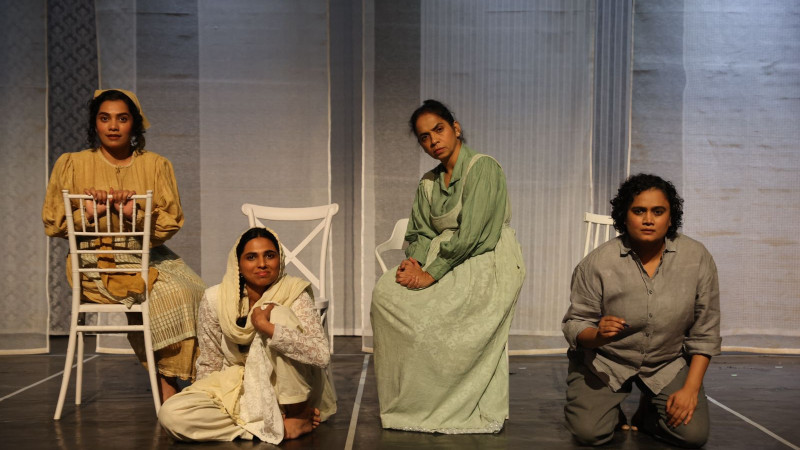

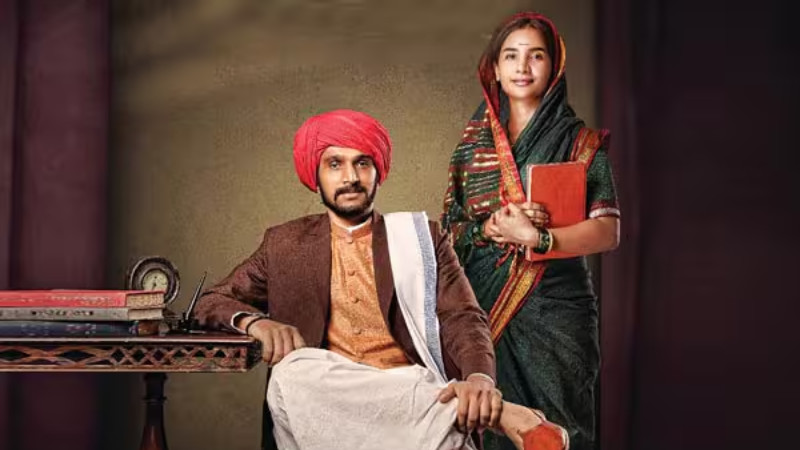








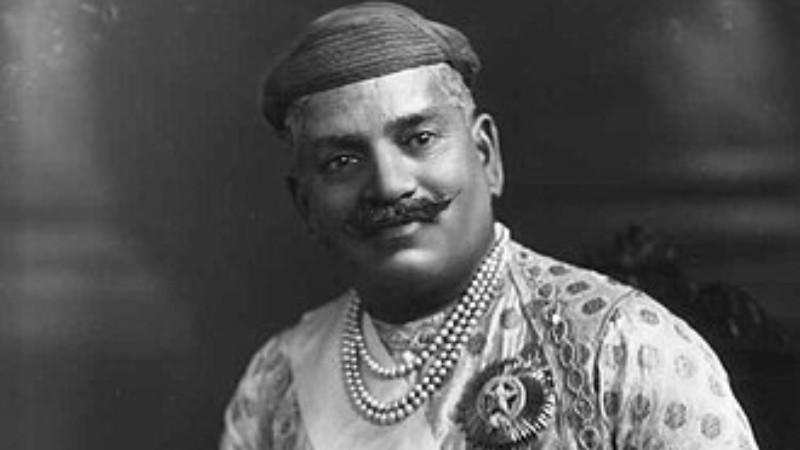

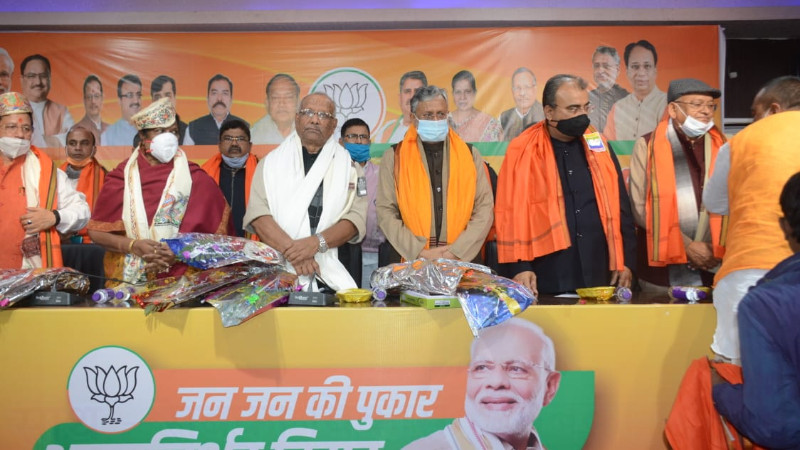
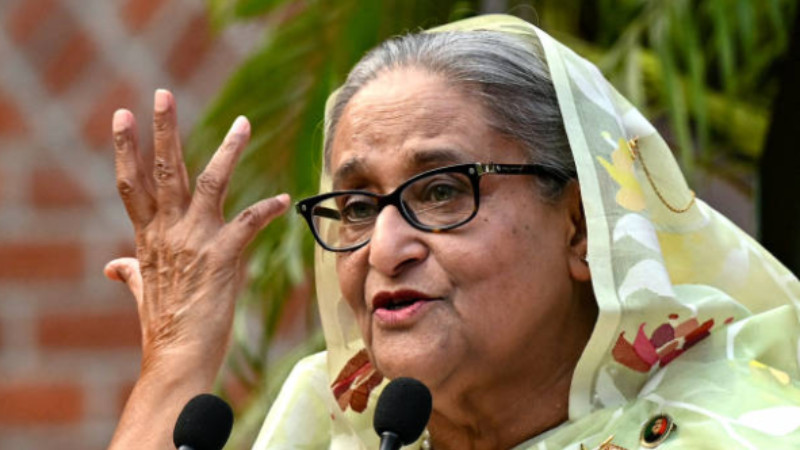
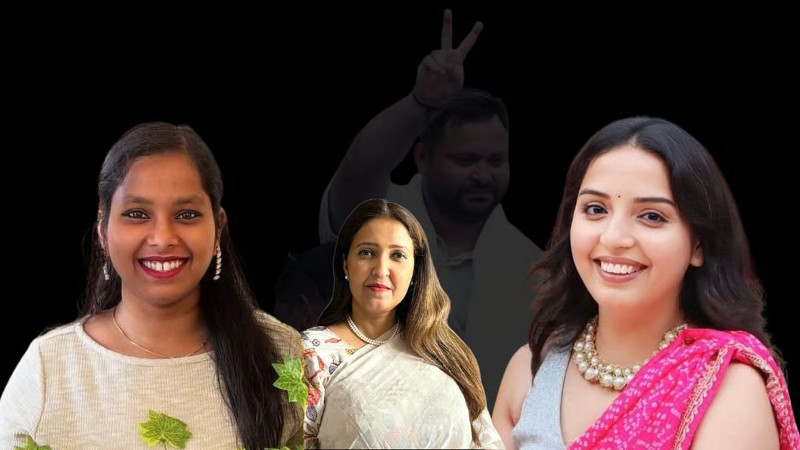
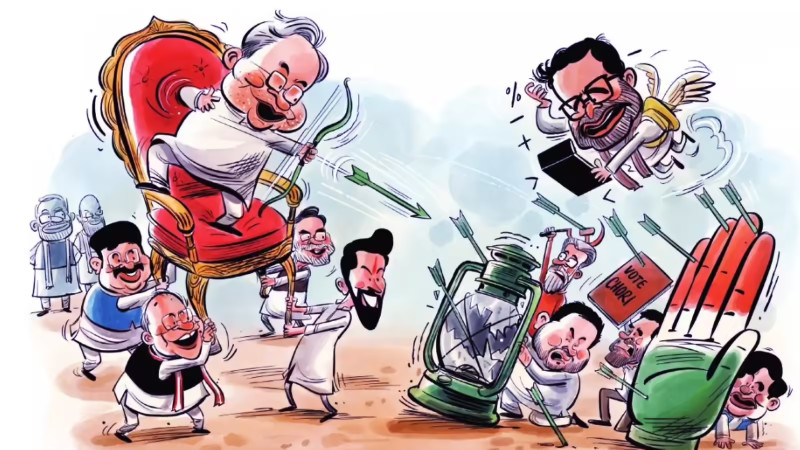
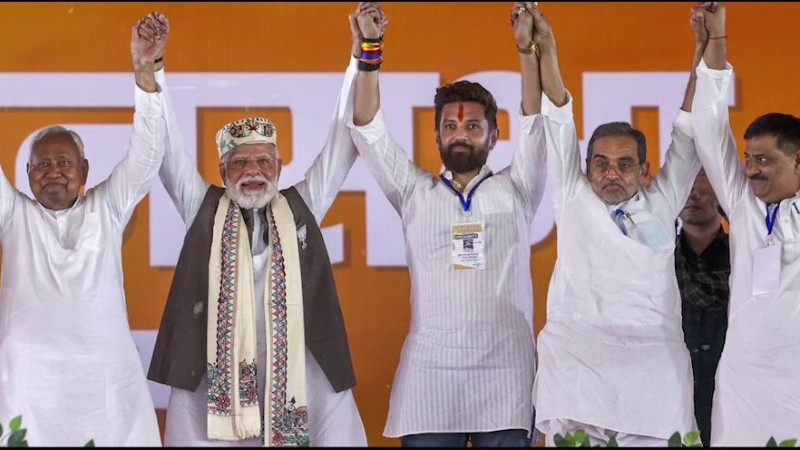
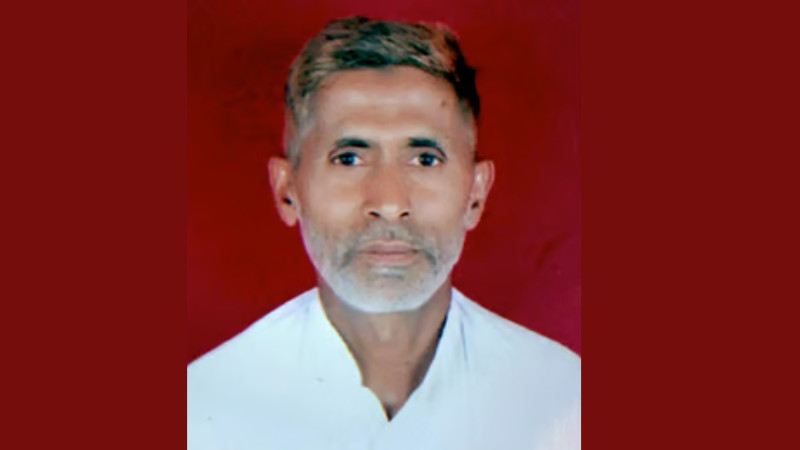
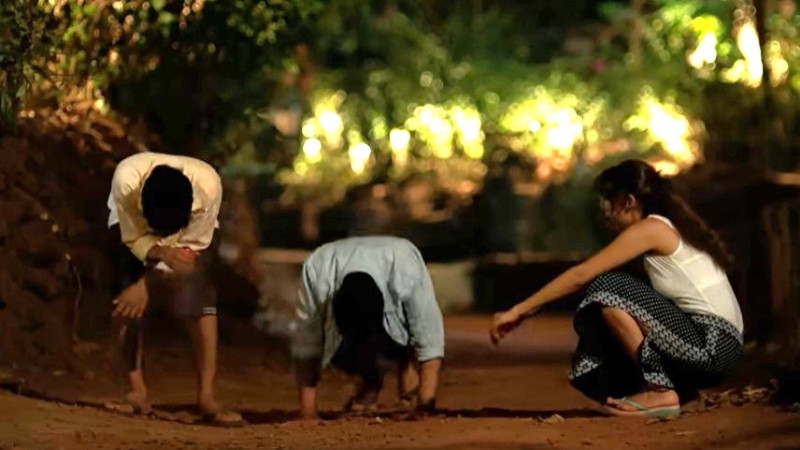
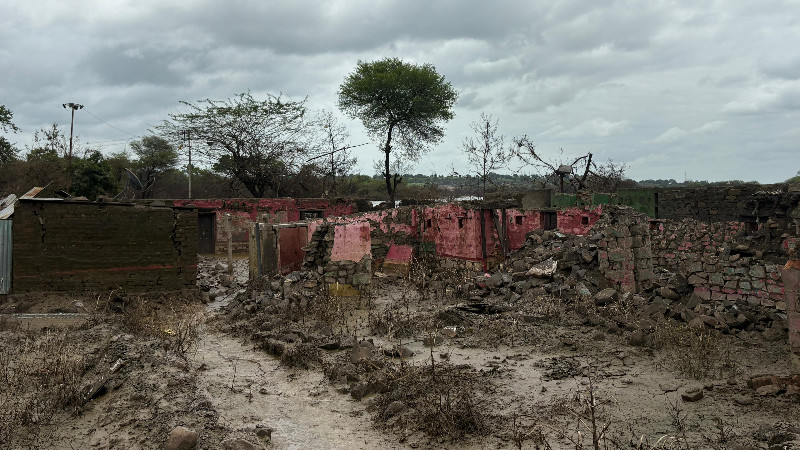

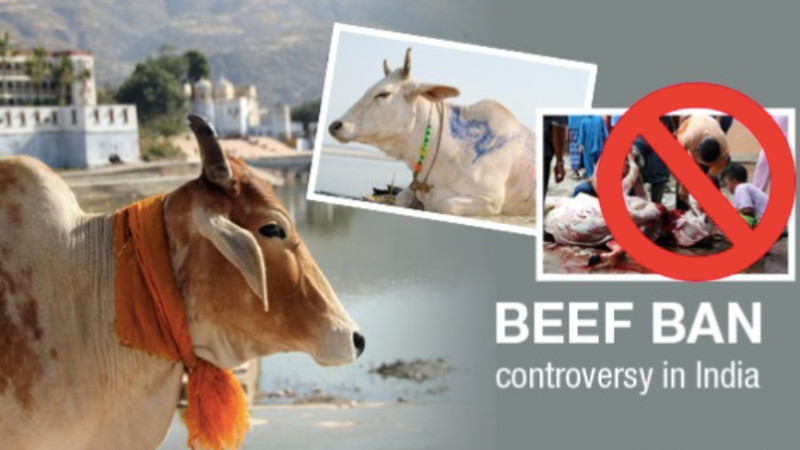
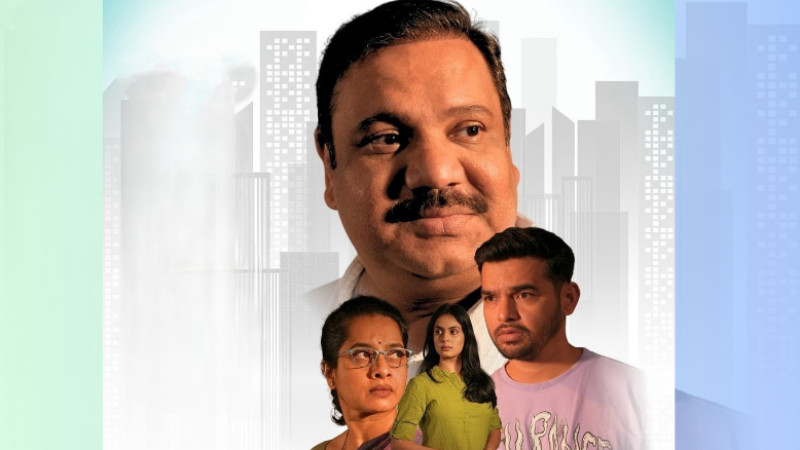
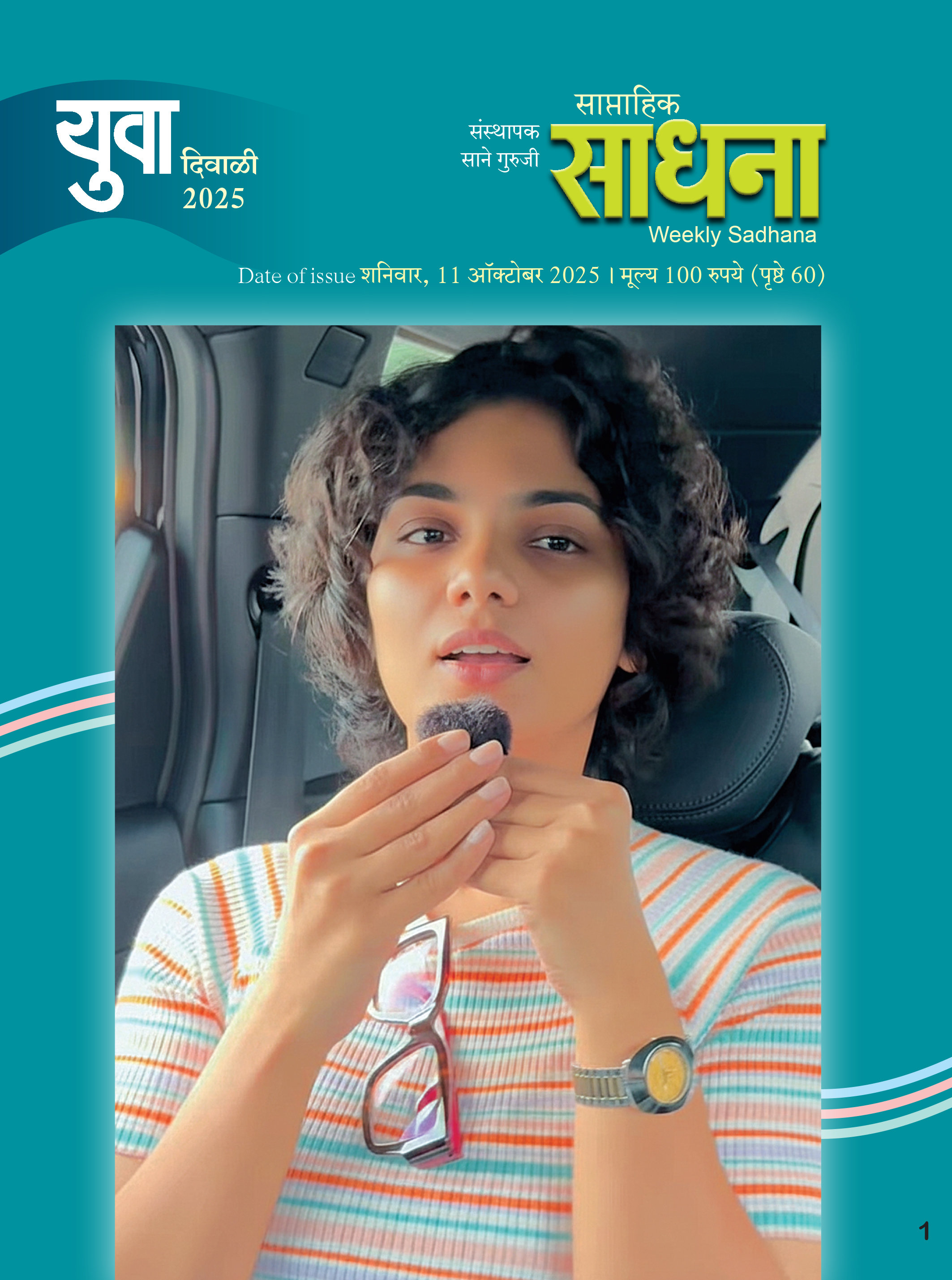

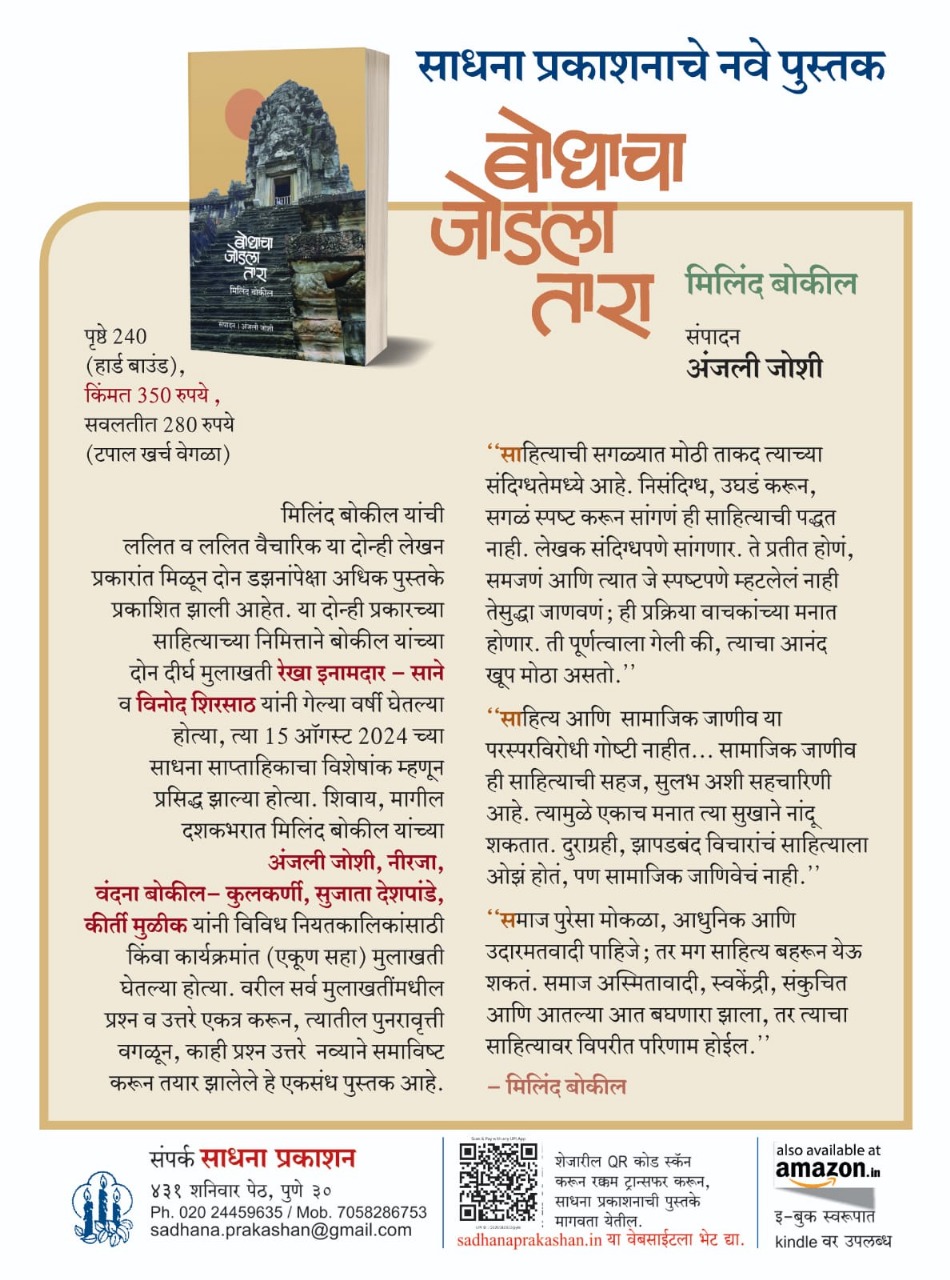
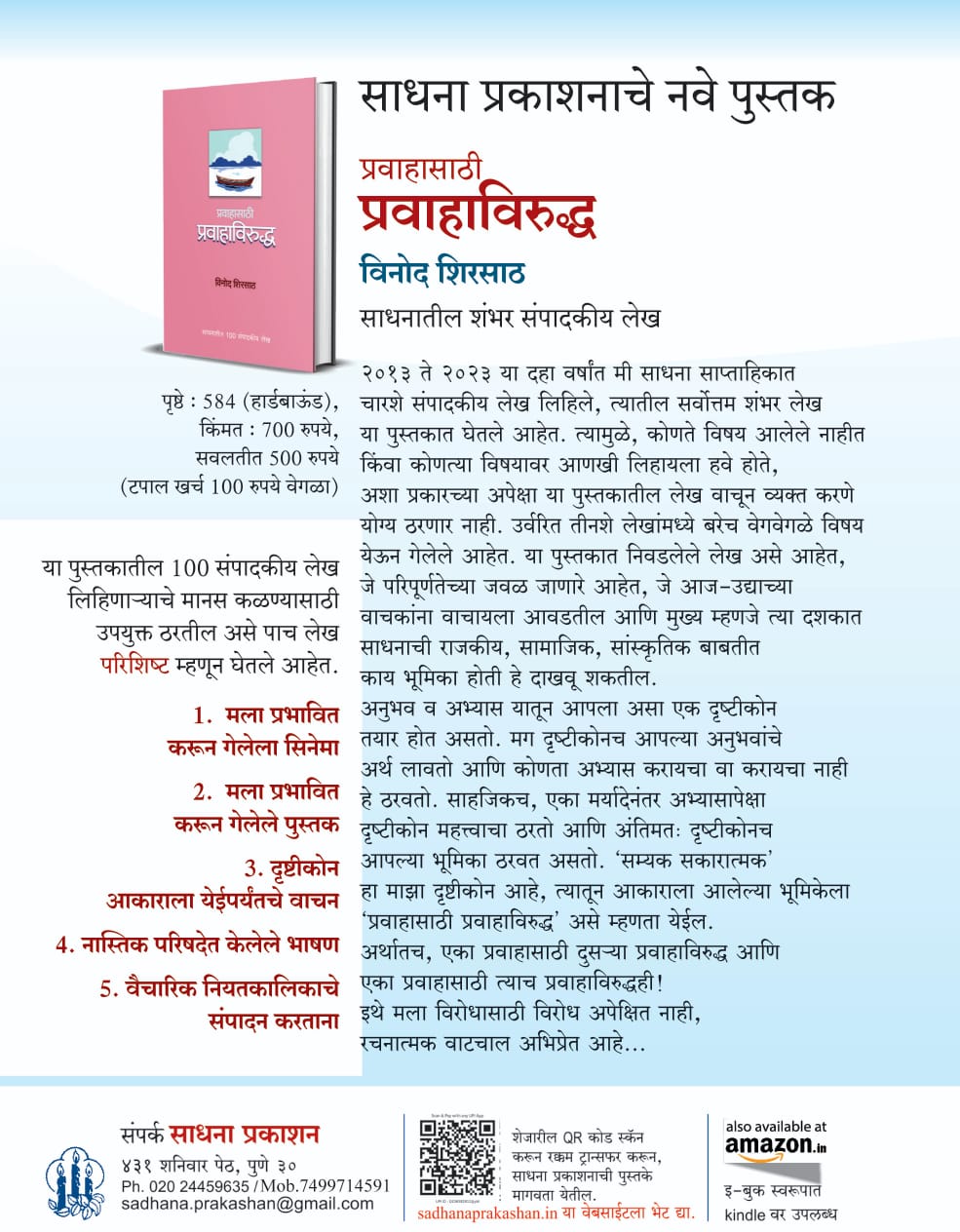
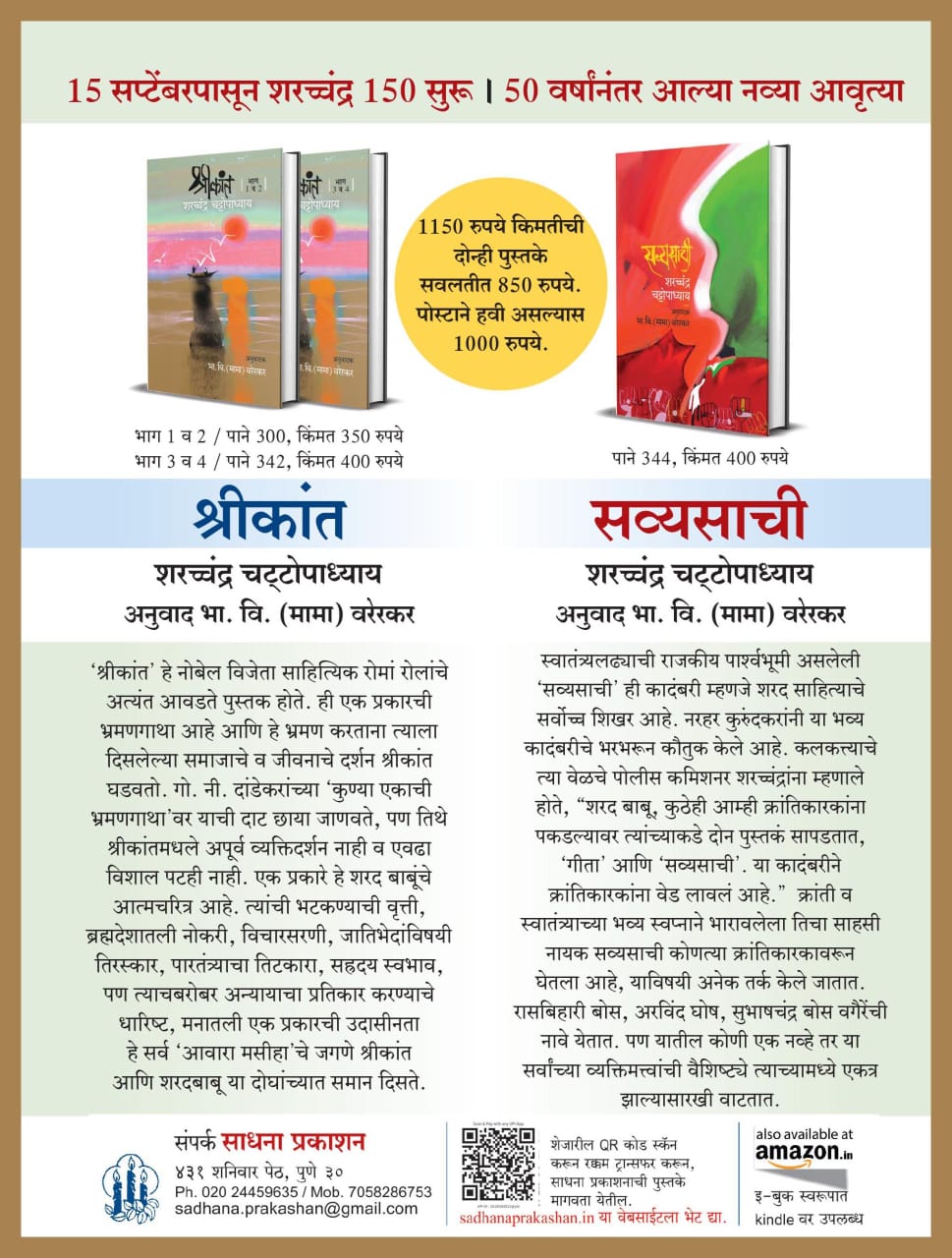
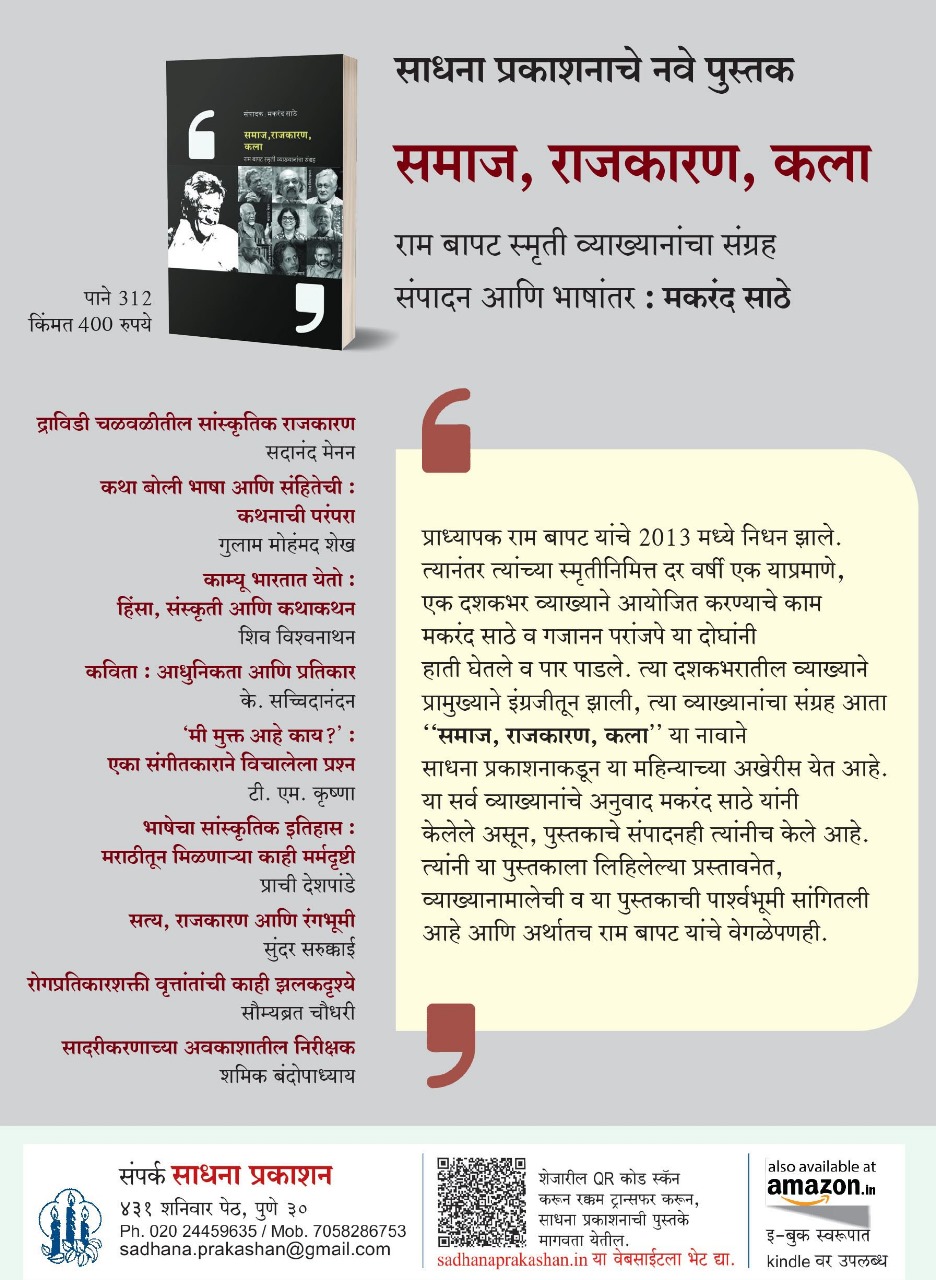
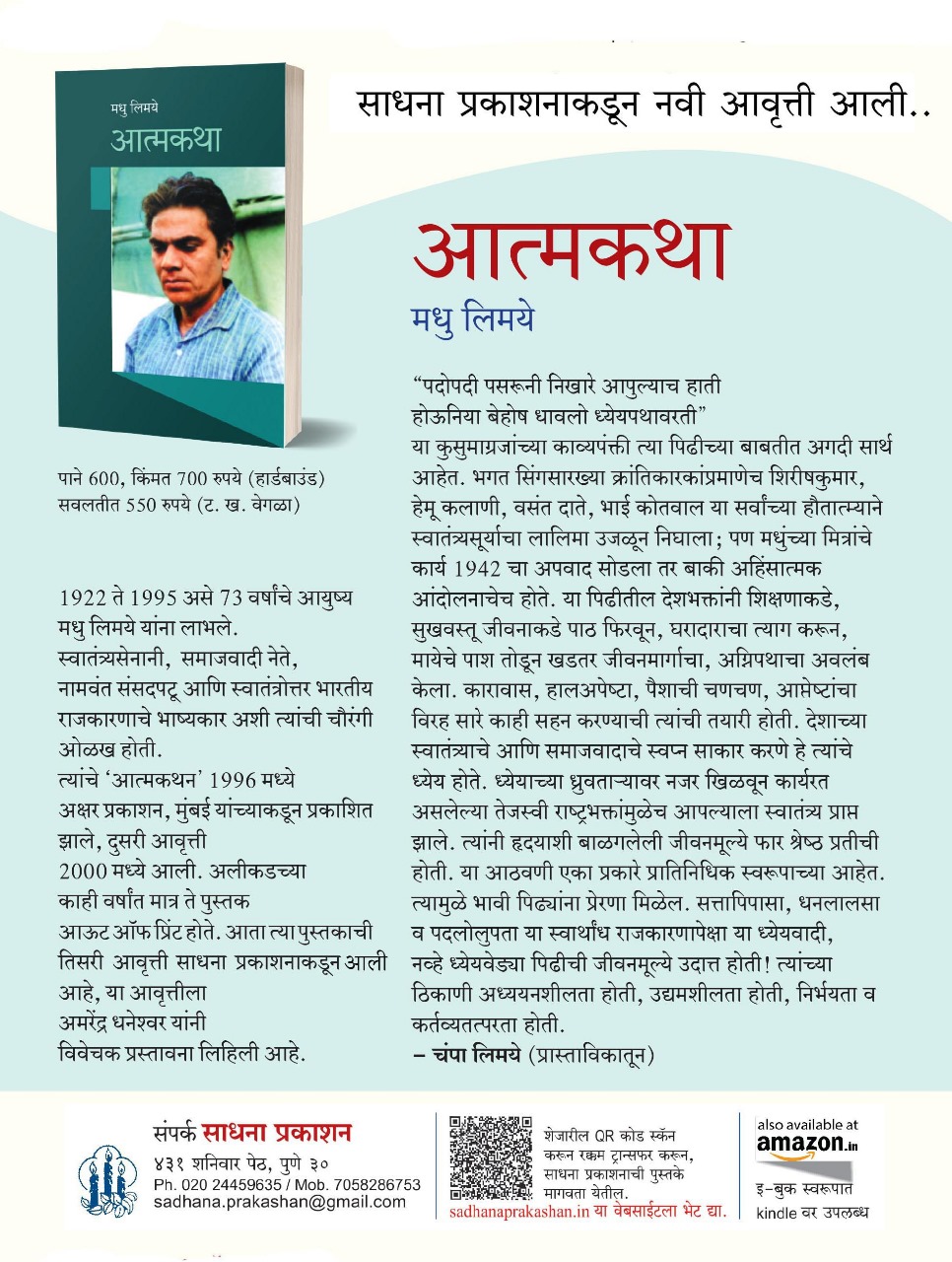




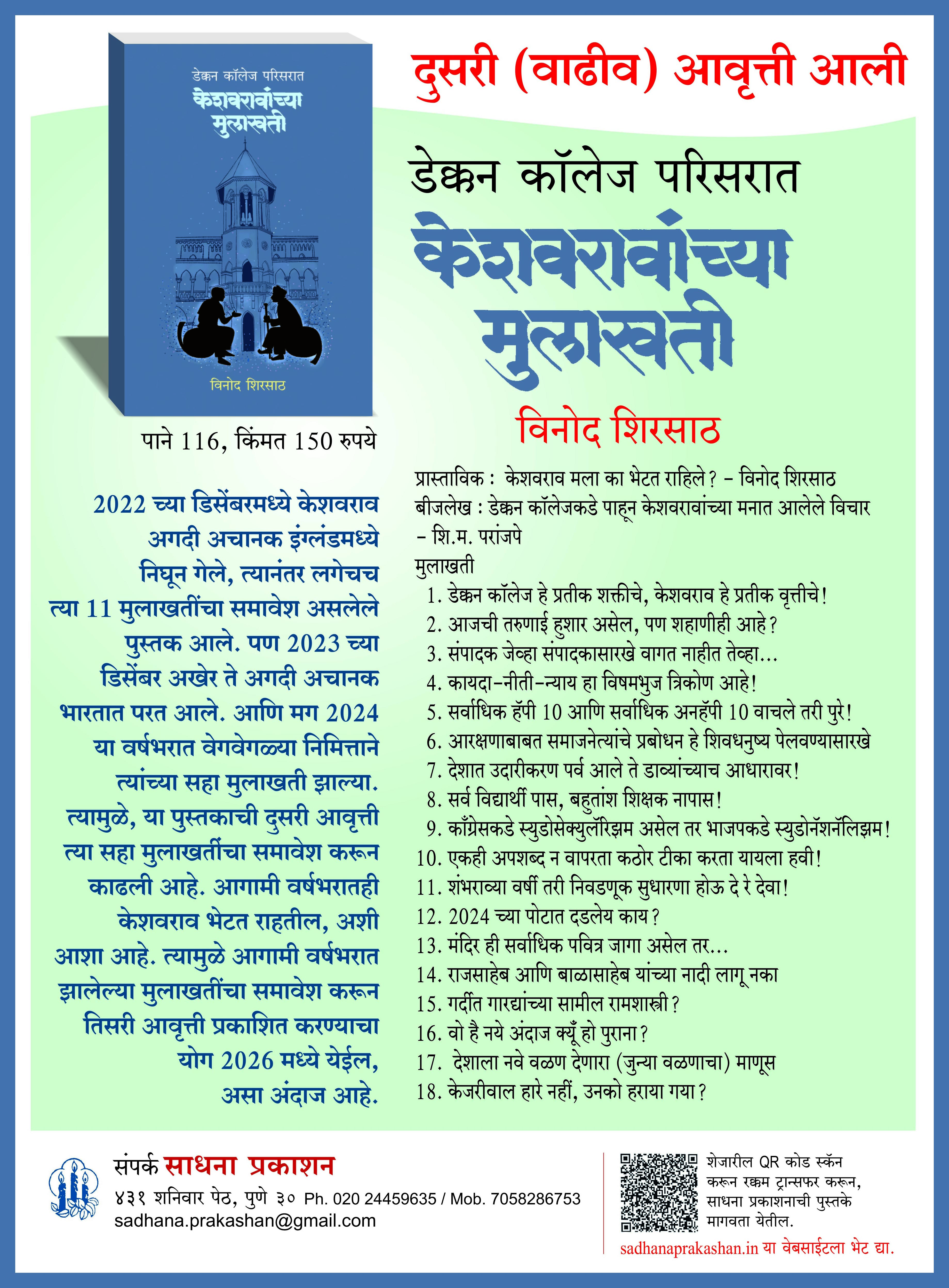
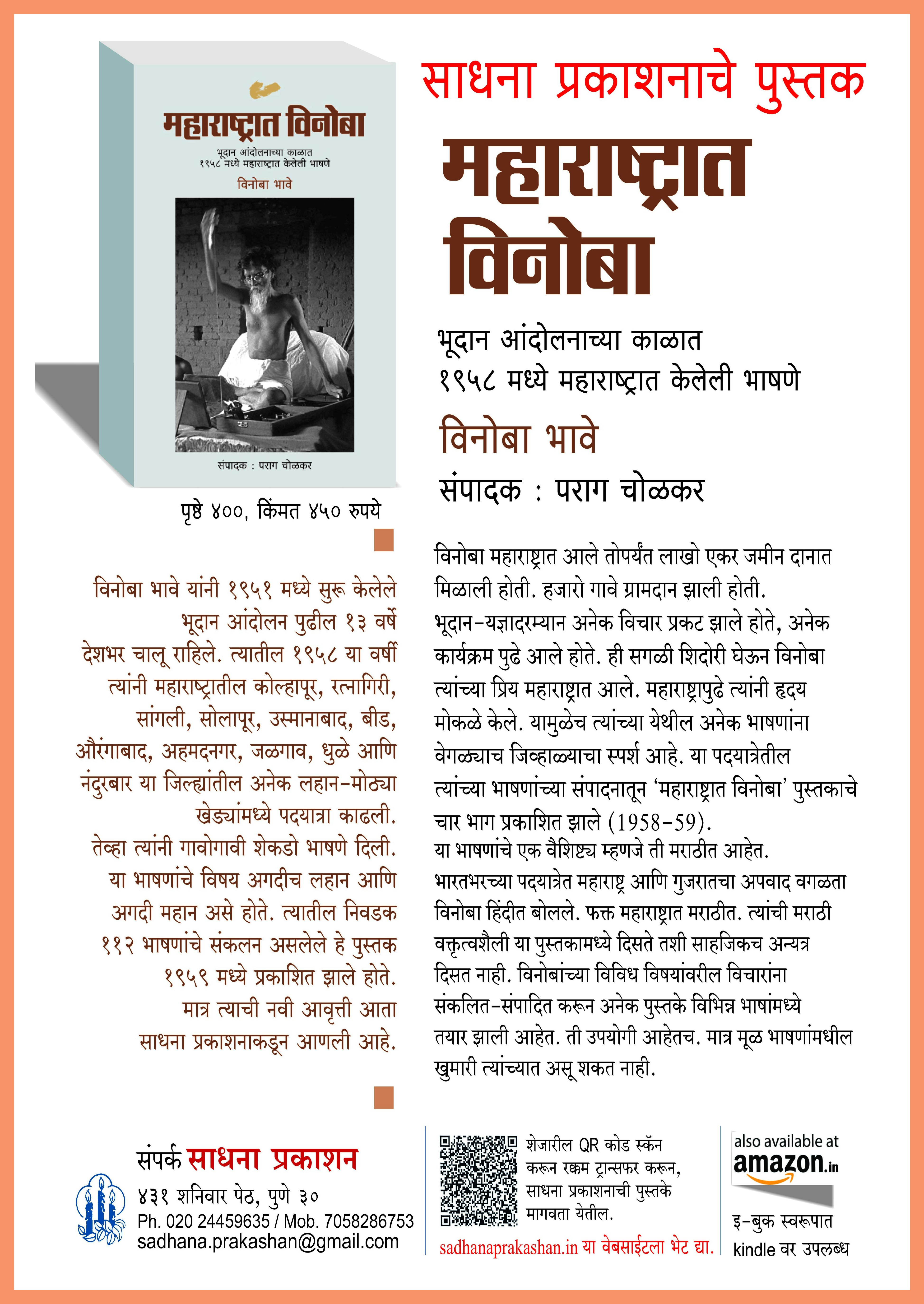

Add Comment